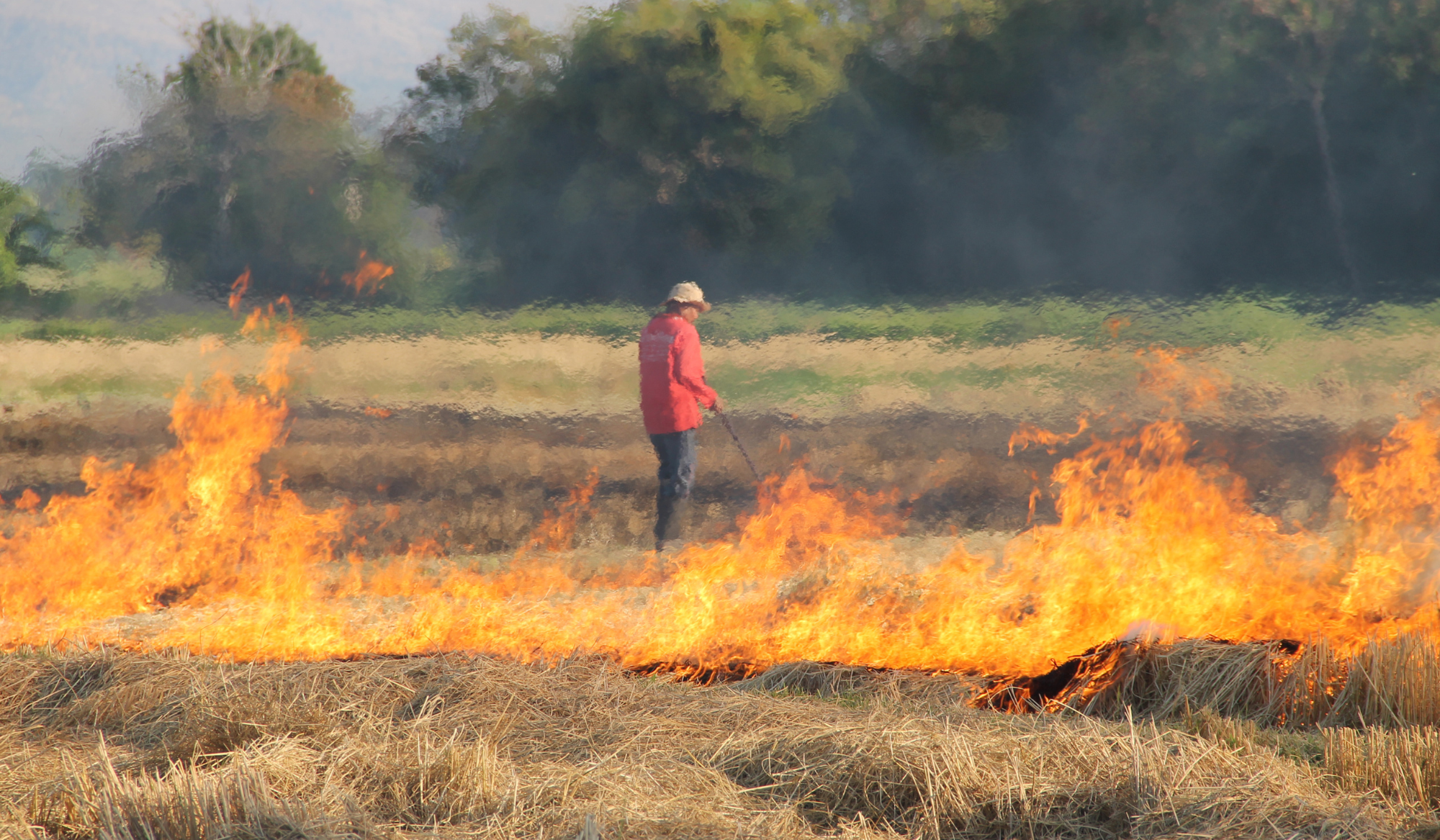Our Office: 4100 32nd Ave. S. Fargo, ND 58104
Plan ahead before starting a controlled burn

It is imperative to exercise caution before conducting a burn on your property or in a ditch, as a “controlled” burn can rapidly escalate into an uncontrolled blaze. Controlled burns are employed for many purposes, such as vegetation and weed management. However, the success of such an undertaking is contingent upon various factors, including weather conditions, wind direction, humidity levels, and ground conditions. A “controlled” burn may swiftly devolve into chaos if these variables are not considered. Once a fire becomes uncontrolled, it can wreak havoc on anything in its path, including utility poles and associated equipment.
Should the area selected for controlled burning be near a utility pole, or if the fire spreads beyond the anticipated range, the financial implications could be significant. Damage to a power pole may not always be immediately apparent, as even minor discoloration can lead to severe consequences. In certain instances, the pole may appear undamaged on the exterior while burning from within.
Regardless of the scenario, the outcome remains the same: the integrity of the utility pole is compromised. It will necessitate replacement, which will be the responsibility of the individual who initiated the burn. The associated costs are substantial, often amounting to thousands of dollars.
Damage may result in a power outage or other significant service disruptions, such as the possibility of live wires falling close to or on the ground, creating a potentially fatal situation.
To prevent burn-related damage to a power pole, the following measures are recommended:
- Prior to commencing the burn, it is advisable to plan accordingly.
- If power poles are present in the designated burning area, it is essential to clear all vegetation and weeds within a minimum radius of four feet around the base of the pole.
- Dampening the pole’s base with water is recommended before initiating the burn.
- It is generally recommended to adhere to the 60:40 rule, which entails burning in conditions where the air temperature is below 60°F, relative humidity is above 40%, and wind speed is 5 to 15 mph at 6 feet above the ground.
If a fire becomes uncontrollable, approaches a power pole, or ignites it, it is imperative to contact 9-1-1 immediately and Cass County Electric Cooperative at 701-356-4400. Refraining from spraying water near the poles, power lines, or any other utility equipment is crucial, as the combination of electricity and water may lead to severe injury or fatality. For further information on electrical safety, click here.
